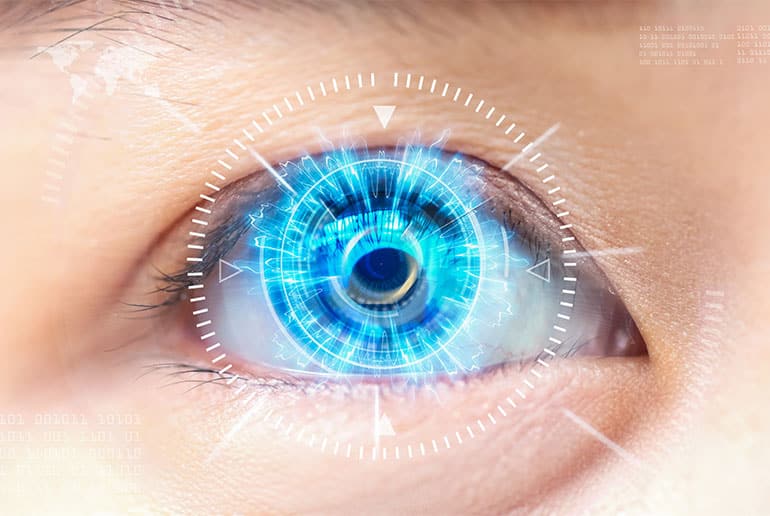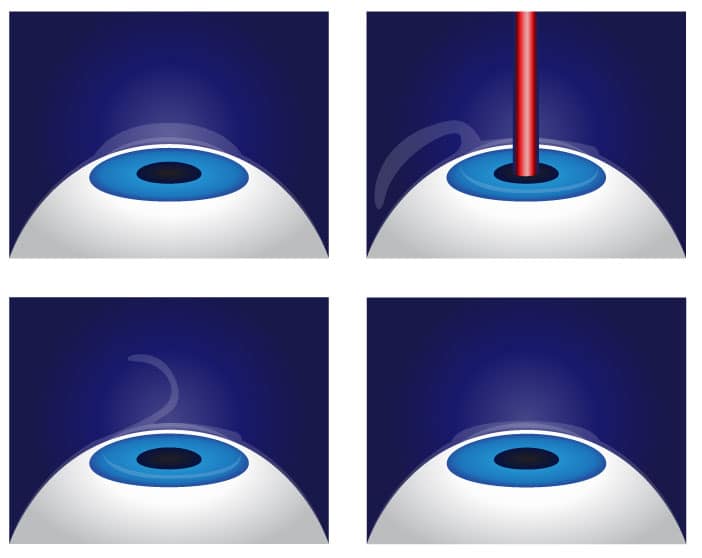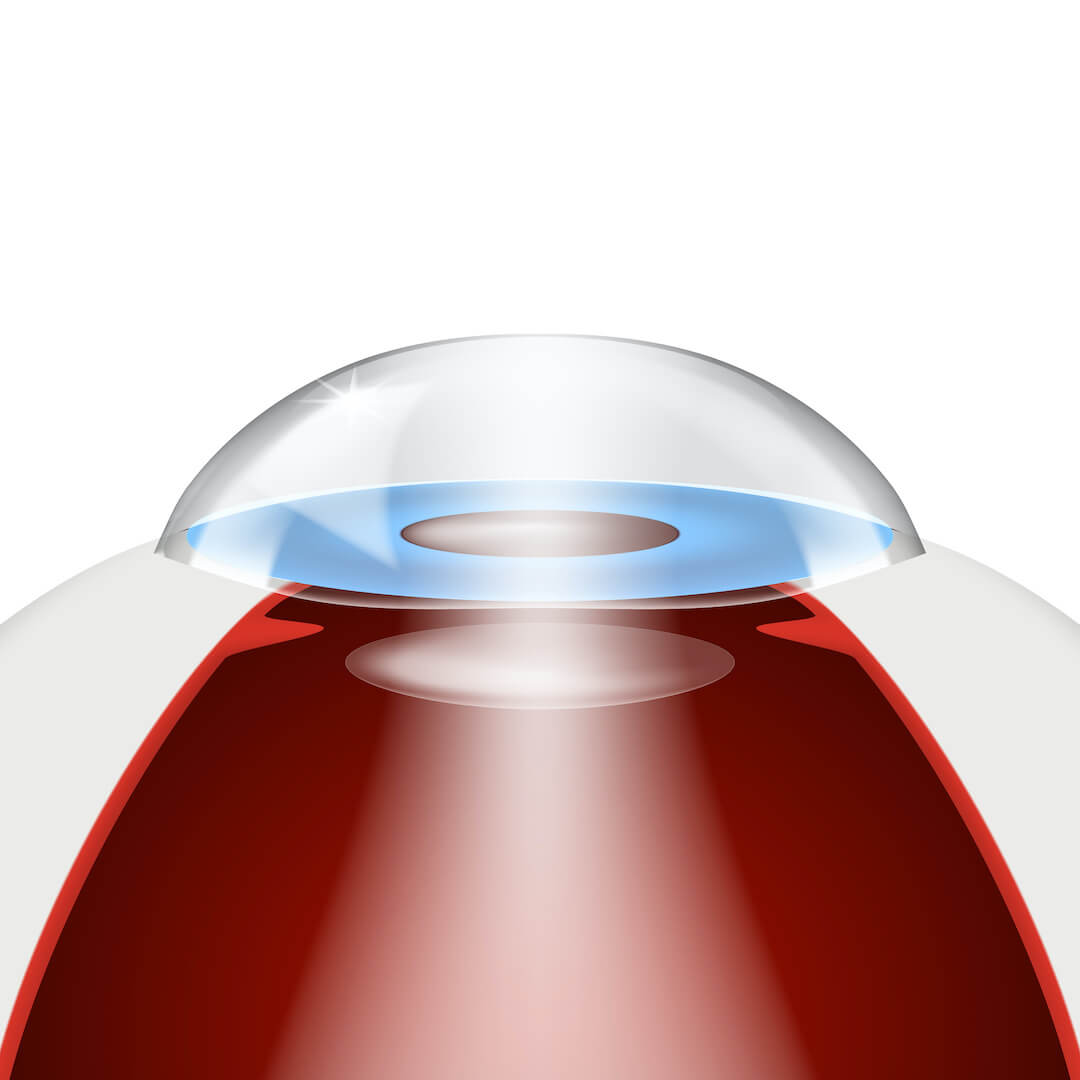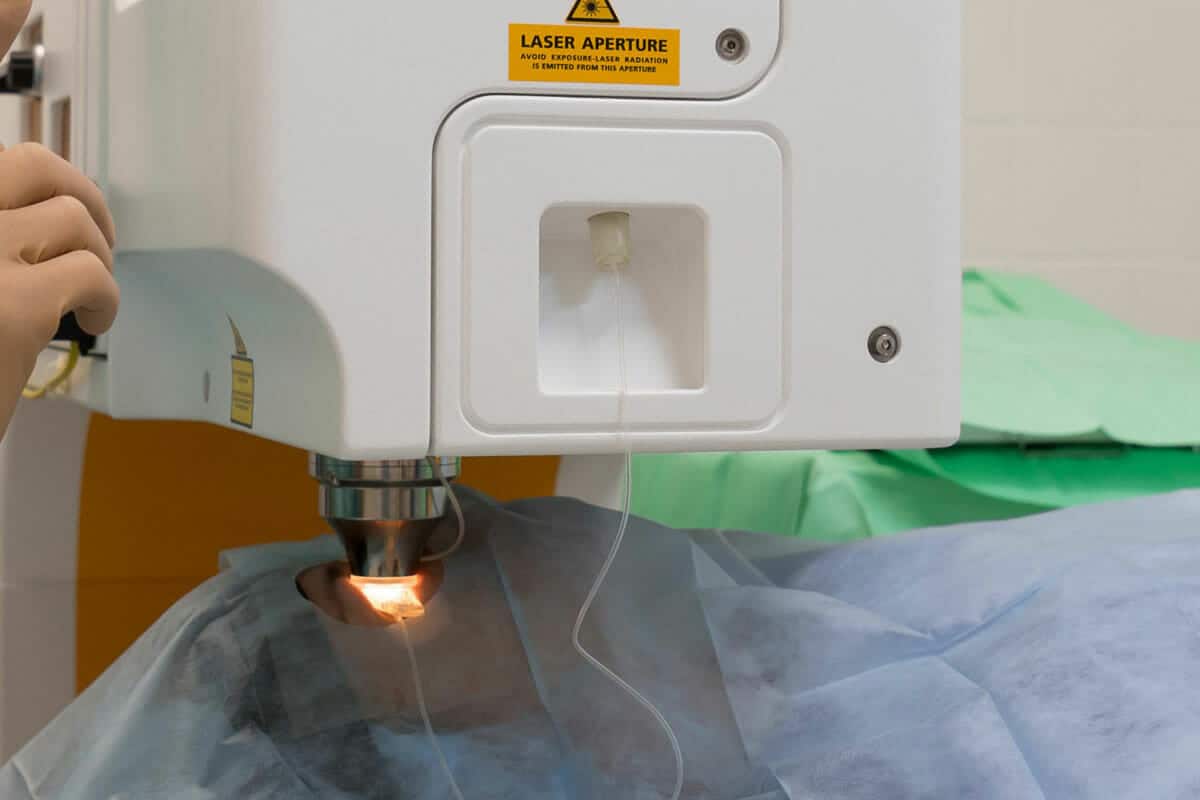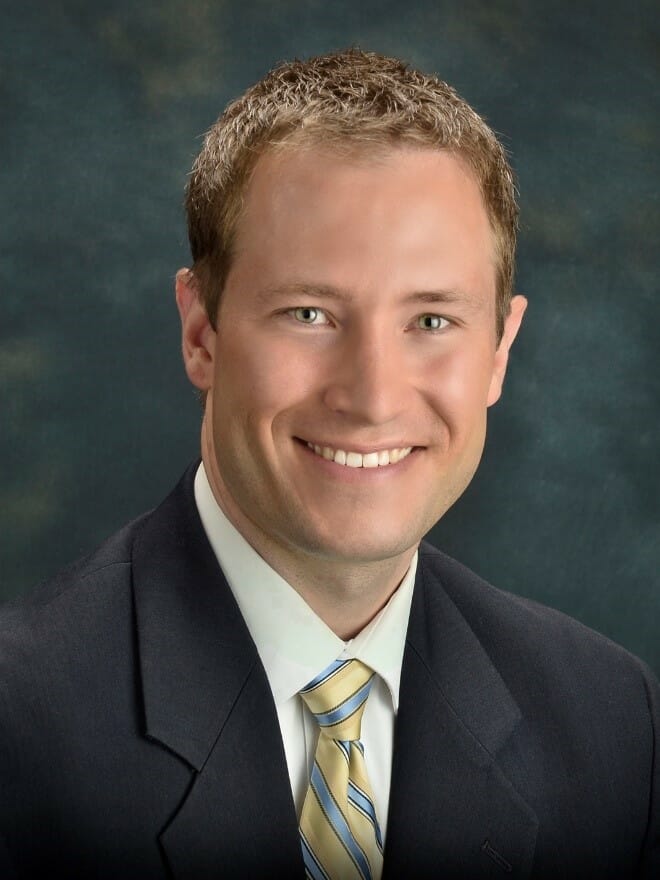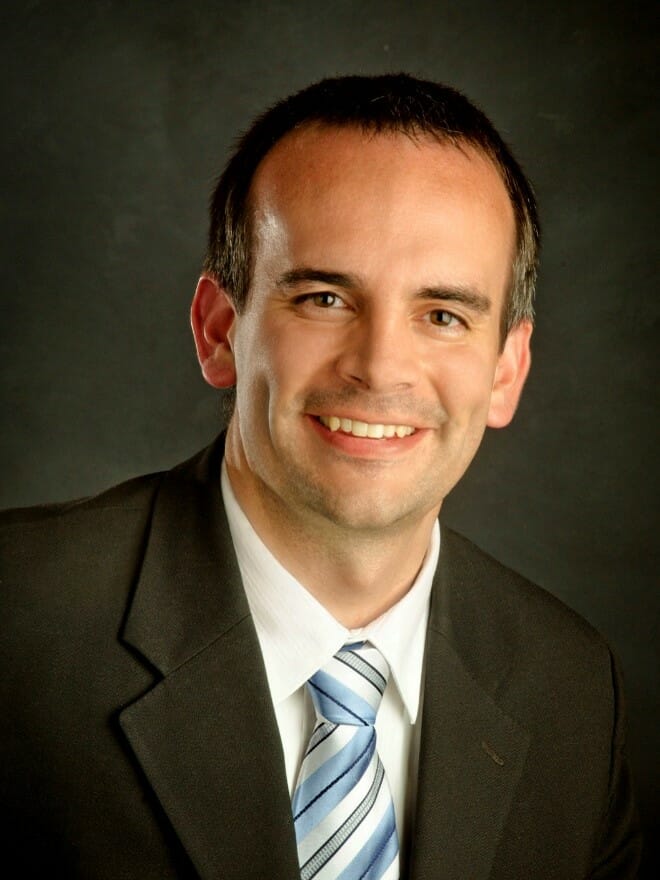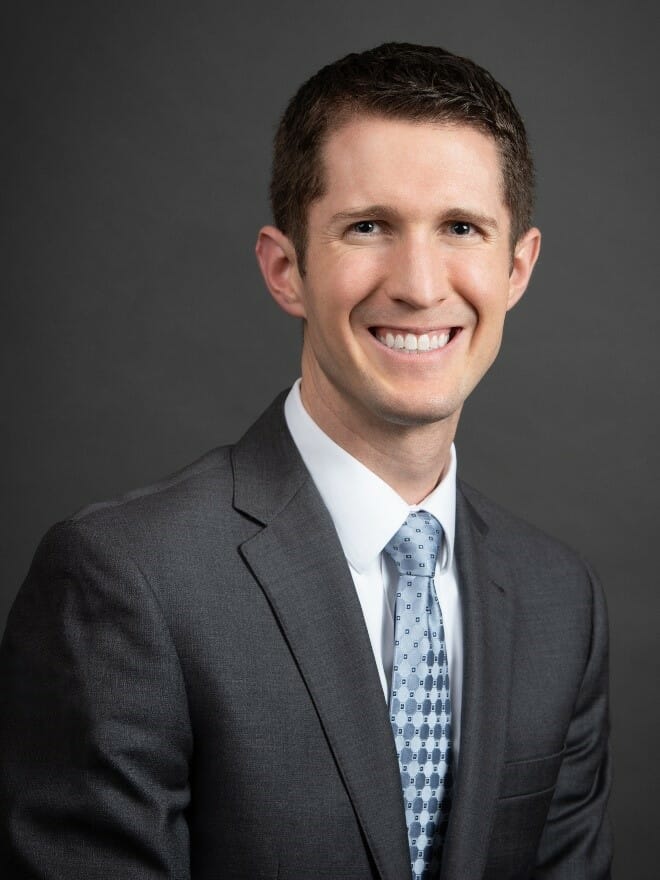Lasik Procedure
LASIK eye surgery is a life-changing procedure that can eliminates the need for contacts or glasses. LASIK surgery can correct vision problems caused by:
- Nearsightedness (myopia)
- Farsightedness (hyperopia)
- Astigmatism
Before the procedure, our Utah LASIK eye doctor and surgeon will each evaluate your eye health and other factors to ensure you are a good candidate for LASIK eye surgery. The evaluation is painless and includes:
- Checking for infection, inflammation, dry eyes, large pupils, and high eye pressure
- Measuring and evaluating your corneas
- Discussing the risks and benefits of LASIK surgery and any questions you may have
On the day of the surgery, you will need someone to drive you to and from your appointment. LASIK eye surgery generally takes less than 30 minutes to complete. You will remain conscious during the entire procedure and receive numbing drops so your eyes will not feel any pain. If you are receiving LASIK surgery for both eyes, your surgeon will complete both eyes during the same session.
Long-term complications and risks from surgery are rare. Temporary side effects include dry eyes, glare, halos, and temporary visual problems that clear up within a few weeks after surgery. LASIK surgery in Utah often causes dry eyes for up to six months, and your doctor will prescribe artificial tears or drops to keep your eyes moist while they heal.

